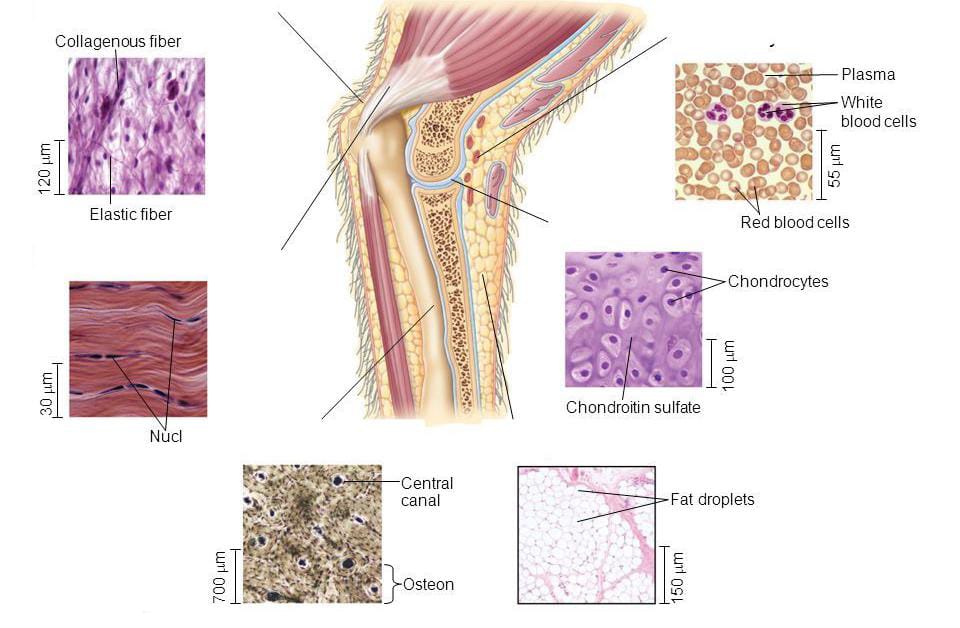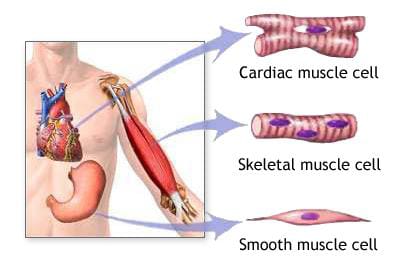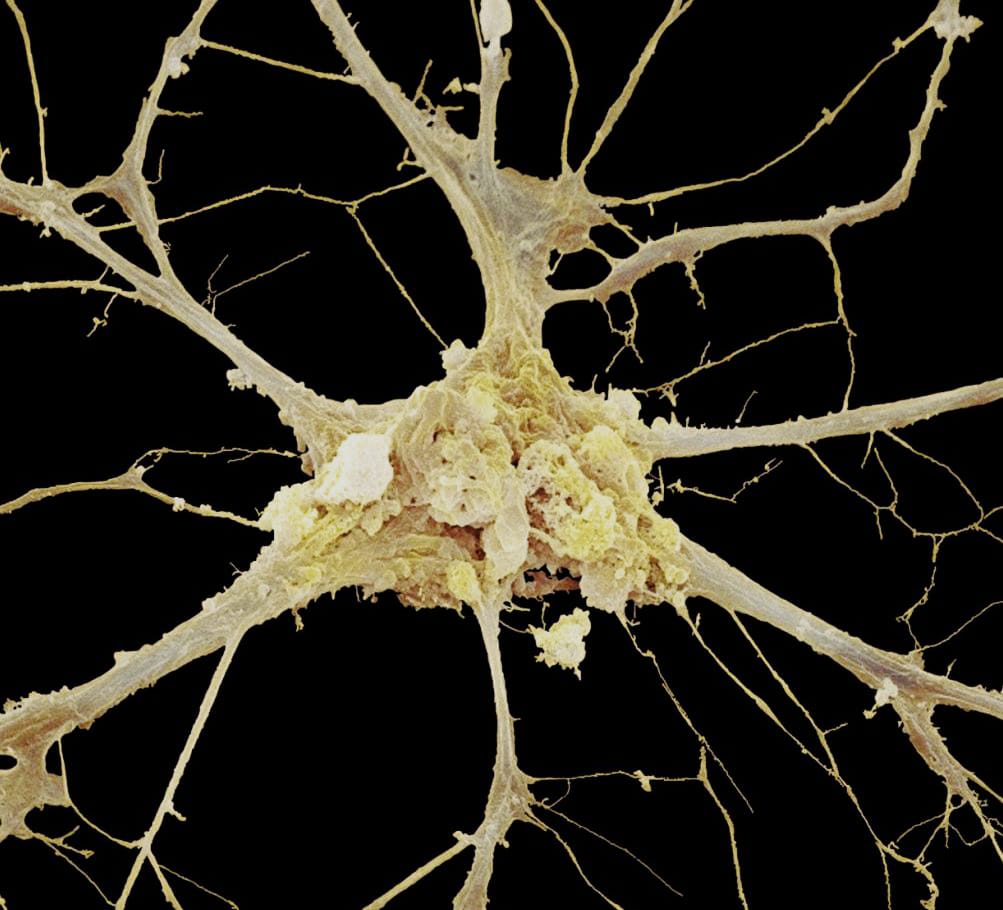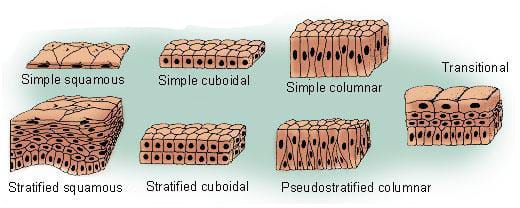Tissues are defined as collections of cells with a similar form and function.
Between cells and organ systems, they provide a cellular organizational level. The functional tissue groups are then combined to form organs.
Four types of animal tissues are categorized:
- Connective Tissue
- Muscle Tissue
- Nervous Tissue
- Epithelial Tissue
Connective Tissue
- They are a group of tissues made up of cells separated by an extracellular matrix, a non-living substance.
- The various organs are given shape by this tissue, which also helps to keep them in place. Blood, bone, tendon, adipose, and ligament are a few examples.
- Three different varieties of connective tissue exist Fluid connective tissue, Fibrous connective tissue, and Skeletal connective tissue.

These are the bodily functions of connective tissue:
- Insulating.
- provide support and aids in tying the organs together.
- It defends against pathogen incursions by phagocytic activity.
- Gives the body shape, protects body heat, and also stores energy.
- It is involved in the movement of things such as water, nutrients, minerals, hormones, gases, and wastes throughout the body.
Muscle Tissue
- They are involved in creating force and motion, whether it be for locomotion or other movements of the body inside internal organs. Muscle tissue comes in three varieties:
- Skeletal muscles are usually connected to bones.
- There is cardiac muscle in the heart.
- They can be found in the interior organ walls and are known as visceral or smooth muscle.

The body’s muscles serve the following purposes:
- Aids in maintaining a posture of uprightness.
- Aids in the constriction of blood vessels and organs.
- Both purposeful and involuntary movements are involved.
- Involved in blood pumping and controlling blood flow in arteries.
- Automatically drives the flow of air into and out of our bodies, controlling respiration.
Nervous Tissues
- They make up the majority of the brain and spinal cord’s tissue components in the central nervous system.
- While the cranial nerves and spinal nerves are formed by neural tissue in the peripheral nervous system.

Body’s nervous system serves the following purposes:
- Reaction to a stimulus
- Information is stimulated and transmitted inside the body.
- Tremendous impact on emotions, memory, and thought.
- Keeps things stable and fosters environmental awareness.
- Numerous metabolic processes are controlled and coordinated by nervous tissue.
Epithelial Tissue
- They are created from the same cells that line the surfaces of the organs and cover their outside surfaces, including the skin’s surface, the reproductive system, the airways, and the inner lining of the digestive tract.

This tissue serves a wide range of purposes, such as:
- Play a crucial part in the reception of sensory information, excretion, filtration, and other metabolic processes.
- Give the underlying cells and tissue strength and resistance mechanically.
- It participates in the filtration, diffusion, and secretion processes that move materials.
- Defend the internal organs from the pathogen, toxins, physical damage, radiation, etc.
Also Read About:

